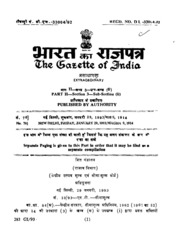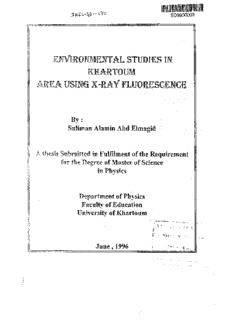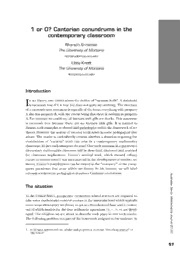
Width and size of regular resolution proofs PDF
Preview Width and size of regular resolution proofs
Width and size of regular resolution proofs Alasdair Urquhart BanffProofComplexityWorkshop October 2011 AlasdairUrquhart(BanffProofComplexityWWoirdktshhoapn)dsizeofregularresolutionproofs October2011 1/20 An irregular refutation 0 P ~P K ~KP ~HP H~P ~DH~P ~DKP DKP DH~P ~CH~P ~CKP CD AD ~AC AB ~BD PAB ~PAB AlasdairUrquhart(BanffProofComplexityWWoirdktshhoapn)dsizeofregularresolutionproofs October2011 2/20 Are minimal refutations regular? This refutation is interesting because it is the first example discovered of a set of clauses where the minimal refutation is necessarily irregular [Wenqi Huang and Xiangdong Yu 1987]. Prior to this discovery, several researchers had attempted to show that there is always a regular refutation of minimal size. This is true for tree resolution, but definitely not true when refutations are presented as directed acyclic graphs. AlasdairUrquhart(BanffProofComplexityWWoirdktshhoapn)dsizeofregularresolutionproofs October2011 3/20 Tseitin on regularity Tseitin (1966) makes the following remarks about the heuristic interpretation of the regularity restriction: The regularity condition can be interpreted as a requirement for not proving intermediate results in a form stronger than that in which they are later used (if A and B are disjunctions such that A ⊆ B, then A may be considered to be the stronger assertion of the two); if the derivation of a disjunction containing a variable ξ involves the annihilation of the latter, then we can avoid this annihilation, some of the disjunctions in the derivation being replaced by “weaker” disjunctions containing ξ. AlasdairUrquhart(BanffProofComplexityWWoirdktshhoapn)dsizeofregularresolutionproofs October2011 4/20 A superpolynomial separation The first superpolynomial separation between regular and general resolution was proved by Andreas Goerdt in 1993. His proof is rather complicated and depends on a modified version of the propositional pigeonhole principle. AlasdairUrquhart(BanffProofComplexityWWoirdktshhoapn)dsizeofregularresolutionproofs October2011 5/20 An exponential separation The first exponential separation was proved by Alekhnovich, Johannsen, Pitassi and Urquhart in 2002 [STOC 2002, Theory of Computing 2007]. The paper contains two sets of examples providing exponential separations between regular and general resolution. AlasdairUrquhart(BanffProofComplexityWWoirdktshhoapn)dsizeofregularresolutionproofs October2011 6/20 First example Let GT be the set of clauses saying that there is a linear ordering of n {1,...,n} with no last element. This example has size O(n3), but requires tree resolution refutations of size 2Ω(n). Gunnar St˚almarck Krishnamurthy [1985] conjectured that GT requires superpolynomial size n resolution refutations, but this was refuted by St˚almarck, who showed that they in fact have linear size resolution refutations [1996]. AlasdairUrquhart(BanffProofComplexityWWoirdktshhoapn)dsizeofregularresolutionproofs October2011 7/20 Misha Alekhnovich’s trick The linear-size refutations of St˚almarck are regular, so there is no hope of a separation by using these clause sets directly. However, Misha Alekhnovich thought of a trick that converts GT into a n set of clauses that is hard, not just for tree resolution, but also for regular resolution. The basic idea is to replace a single clause by a pair of clauses C 7−→ {C ∨x,C ∨x}, where x is a variable chosen in a particular way (more on this later). AlasdairUrquhart(BanffProofComplexityWWoirdktshhoapn)dsizeofregularresolutionproofs October2011 8/20 Misha’s examples Misha Alekhnovich 1978 – 2006 Using Misha’s trick, we can convert the set of clauses GT (that has n linear-size regular resolution refutations) into a set of clauses GT that n∗ requires regular refutations with size 2Ω(n). AlasdairUrquhart(BanffProofComplexityWWoirdktshhoapn)dsizeofregularresolutionproofs October2011 9/20 Second example The second family of examples is constructed from a family of pebbling formulas. This graph has pebbling number 6. More generally, the pyramid graph with n source vertices has size O(n2) and pebbling number n+1. AlasdairUrquhart(BanffProofComplexityWWoirdktshhoapn)dsizeofregularresolutionproofs October2011 10/20
Description:The list of books you might like

What Happened to You?

The 48 Laws of Power

Shatter Me Complete Collection (Shatter Me; Destroy Me; Unravel Me; Fracture Me; Ignite Me)

As Good as Dead

Bioinformatics for Everyone

Lars Gustaf Andersson 2012-01-13
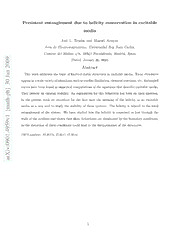
Persistent entanglement due to helicity conservation in excitable media

This Man Confessed

Bulletin des Actes administratifs n°18

C. J. Cherryh - Union Alliance - Finity' s End

MAGNT research report
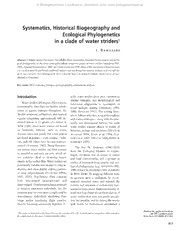
Systematics, Historical Biogeography and Ecological Phylogenetics in a clade of water striders
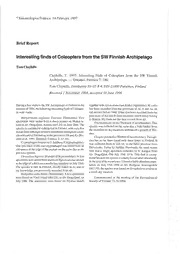
Interesting finds of Coleoptera from the SW Finnish Archipelago
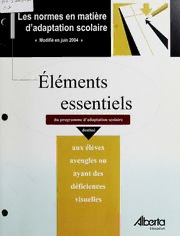
Éléments essentiels du programme d'adaptation scolaire destiné aux élèves aveugles ou ayant des déficiences visuelles
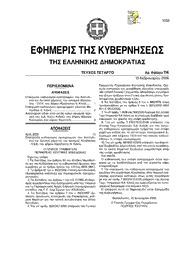
Greek Government Gazette: Part 4, 2006 no. 114

NATYACHANVAR
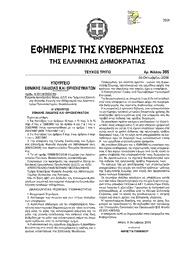
Greek Government Gazette: Part 3, 2006 no. 365
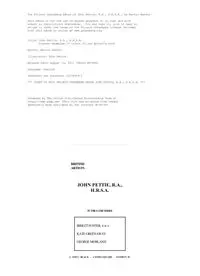
British by AUTHOR

C.A. No. 12088-12089/2018
